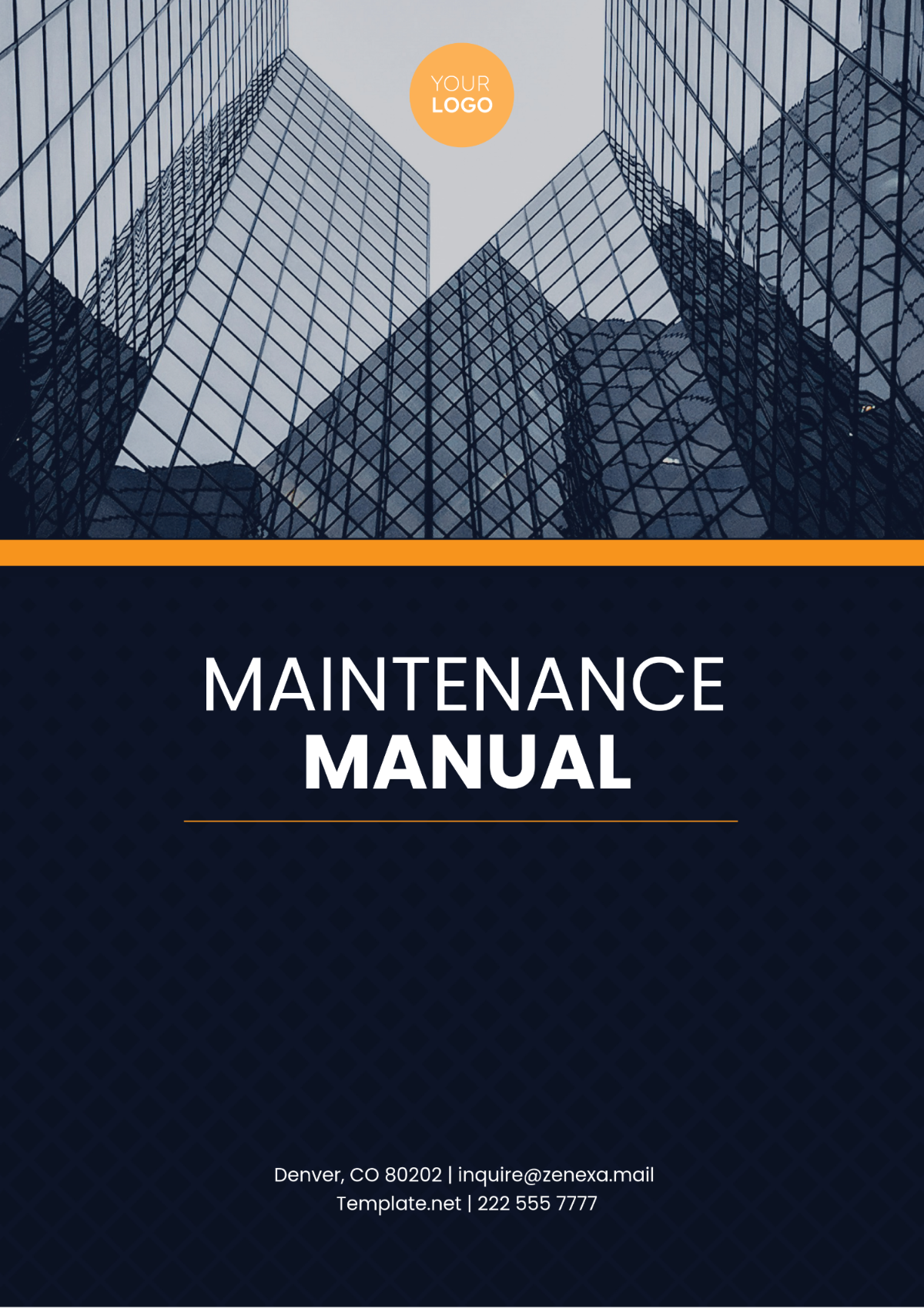Free Sales Manual on Creating a Customer Feedback Loop
Discover the ultimate sales companion on Template.net: The Editable Sales Manual on Creating a Customer Feedback Loop Template. Tailor your strategies effortlessly with customizable sections and harness the power of AI Editor Tool for precision. Elevate your sales game with this comprehensive guide, empowering your team to excel through actionable insights.






























